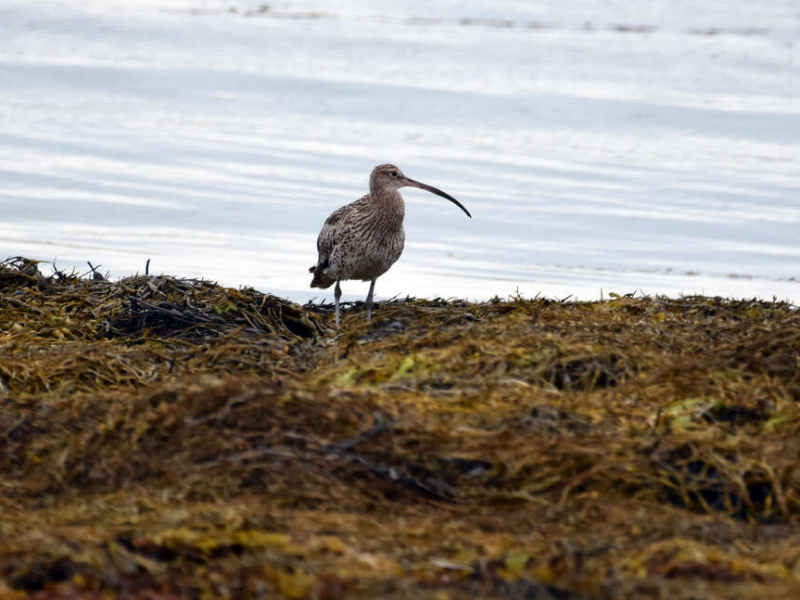Drones to monitor populations
To refine and simplify population monitoring, traditional counting methods can now be supplemented by the use of drones.
As for most wetland birds, the numbers of the curlew (Numenius arquata) are in sharp decline in France and Europe. The population in France was estimated at between 1,300 and 1,600 pairs in 2010. The core population (around 500 pairs) is mainly located on the 8,000 hectares of meadows in the val de Saône.
The breeding success of the curlew is notably affected by :
- The disappearance of natural grasslands - its breeding habitat,
- The impact of agriculture on its breeding habitats (early mowing),
- Disturbance due to human activities,
- Predation
In order to evaluate the success of reproduction, nest search campaigns are carried out as part of a research programme on this species. Although by dint of observation, the agents can get a fairly accurate idea of the number of breeding birds, the extent of the breeding sites and the location of the nests make these monitoring missions difficult.
To facilitate this task, traditional monitoring methods are supplemented by the use of modern technology, in particular the use of drones equipped with thermal cameras. In 2021, the drone observations took place from April to June after testing a methodology to avoid disturbing the reproduction as much as possible.
When the two methods were crossed, it was found that the traditional count was quite reliable, with similar results to the drone count at 85%. However, the use of drones has shown some limitations: it does not allow the same surface area to be monitored as a simple observer and constant vigilance is required to limit disturbance of the birds monitored.
On the other hand, the precise location of nests makes it possible to warn farmers and to implement protection measures if necessary.




